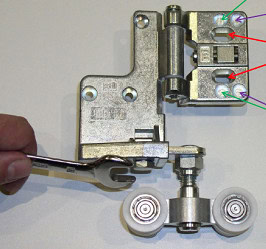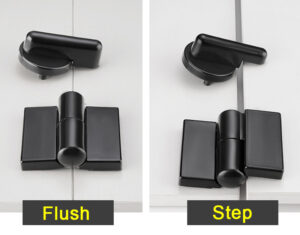Every day, we work with materials that hold a seemingly unyielding permanence, impervious to the ravages of time. Stainless steel, particularly in the industrial manufacturing sector, is one such material. Its glossy, durable exterior is a beacon of reliability, offering a unique sense of assurance in a world that constantly decays around us.
But here’s the thing – can stainless steel truly fend off corrosion indefinitely? Can 100% stainless steel rust? The answer, surprisingly, is yes. Even 100% stainless steel can succumb to corrosion under specific conditions.
Engage your curiosity as we explore the truth behind stainless steel’s much-admired durability. Let’s uncover why, when, and how this seemingly invincible material can exhibit signs of rust.
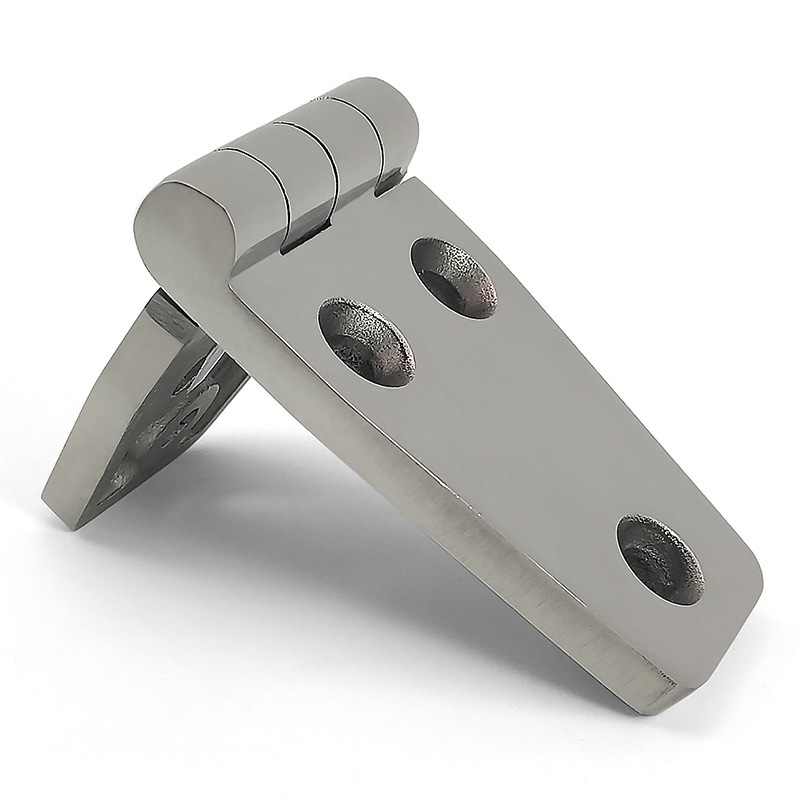
What is Stainless Steel?
When you say stainless steel, you’re talking about a marvel of metallurgy. This alloy, a compound consisting mainly of iron, possesses around 10.5% chromium, with other elements like nickel, manganese, and carbon filling the rest. But what role does this mix play?
Chromium gives stainless steel its defining characteristic – its ability to resist rust. When exposed to oxygen, chromium forms a thin, protective layer of chromium oxide on the steel’s surface. This layer protects the underlying steel from oxidative damage, preventing rust.
However, it’s crucial to note that this protective layer isn’t invincible. Various factors can compromise its integrity, leading to rusting. Let’s delve into these factors next.
How Can Stainless Steel Rust?
Stainless steel is incredibly resilient, but it isn’t infallible. If the chromium oxide layer is damaged or removed, and not enough oxygen is present to help reform it, then the underlying steel is exposed and can rust. But what can cause this damage?
In the industrial manufacturing sector, we often see mechanical abrasion. Repetitive contact, whether by a rough material or an aggressive cleaning agent, can wear down the chromium oxide layer. Then there’s exposure to chemicals that can disrupt this layer. For instance, chlorides, present in many cleaning solutions and industrial processes, can cause pitting corrosion, a form of localized rusting.
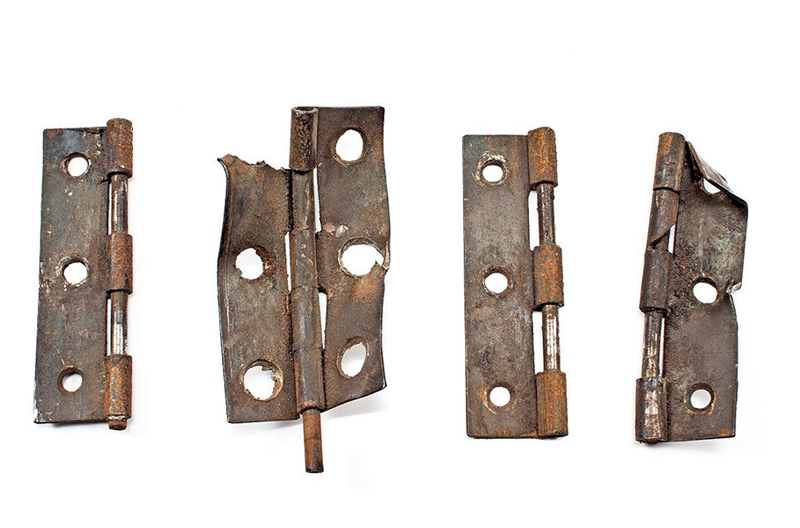
Can the Environment Influence Stainless Steel Rusting?
We can’t overlook the role the environment plays in stainless steel’s capacity to rust. Factors such as temperature, humidity, and exposure to certain substances can all impact the material’s resilience.
For example, a high-moisture environment can accelerate corrosion, particularly if the water contains salts or chemicals that can damage the chromium oxide layer. High temperatures, on the other hand, can trigger a process called sensitization, where chromium combines with carbon in the steel, reducing the metal’s corrosion resistance.
What is the Role of Steel Grades in Rusting?
Not all stainless steel is created equal. Different steel grades, each with unique compositions, exhibit varying levels of rust resistance. This makes grade selection a critical consideration in industrial manufacturing.
For instance, the popular 304 grade, with 18% chromium and 8% nickel, is known for its excellent corrosion resistance under a wide range of conditions. Meanwhile, the 316 grade, which contains an additional element – molybdenum – offers enhanced resistance to chloride corrosion, making it ideal for marine or high-chloride environments.
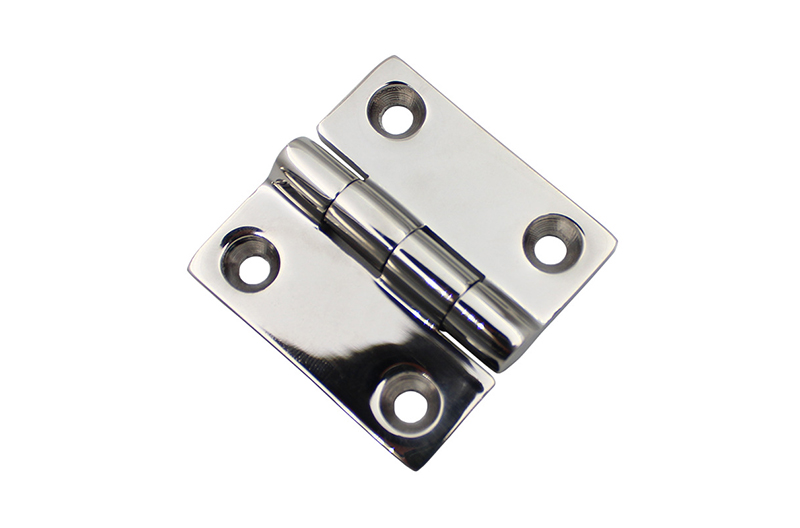
How Can We Prevent Stainless Steel From Rusting?
The good news is, rusting in stainless steel isn’t inevitable. By understanding the conditions that foster corrosion and adopting preventative measures, we can protect our stainless steel components.
Prevention methods may include selecting the correct grade of stainless steel for the specific environment and application, routine cleaning using non-abrasive materials, and ensuring good ventilation and low humidity in storage and usage environments. Regular inspections can also help catch any signs of rusting early, allowing for swift remediation.
Can Rusting Be Reversed in Stainless Steel?
Should you notice rust on your stainless steel, don’t despair. It’s not the end of the road. Certain methods can help reverse corrosion, bringing your stainless steel back to life.
Mechanical methods like grinding, sandblasting, or using a wire brush can remove surface rust. Chemical methods, such as applying a phosphoric acid solution, can also be effective. However, these methods must be undertaken carefully to avoid causing further damage to the steel or its protective layer.
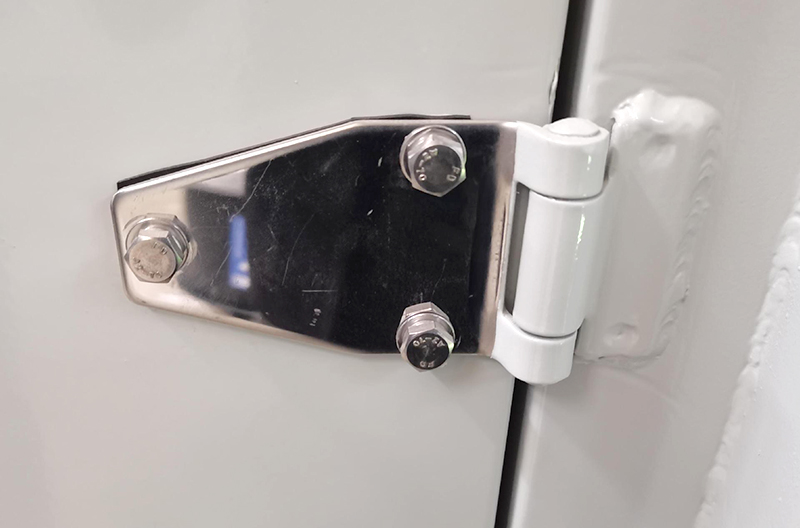
Conclusion
So, can 100% stainless steel rust? Yes, under specific conditions, it can. But by understanding the factors influencing rusting and taking preventative measures, we can extend the lifespan of our stainless steel components in the industrial manufacturing sector. Here’s to a future of longevity and resilience with stainless steel.
You might also be interested:

